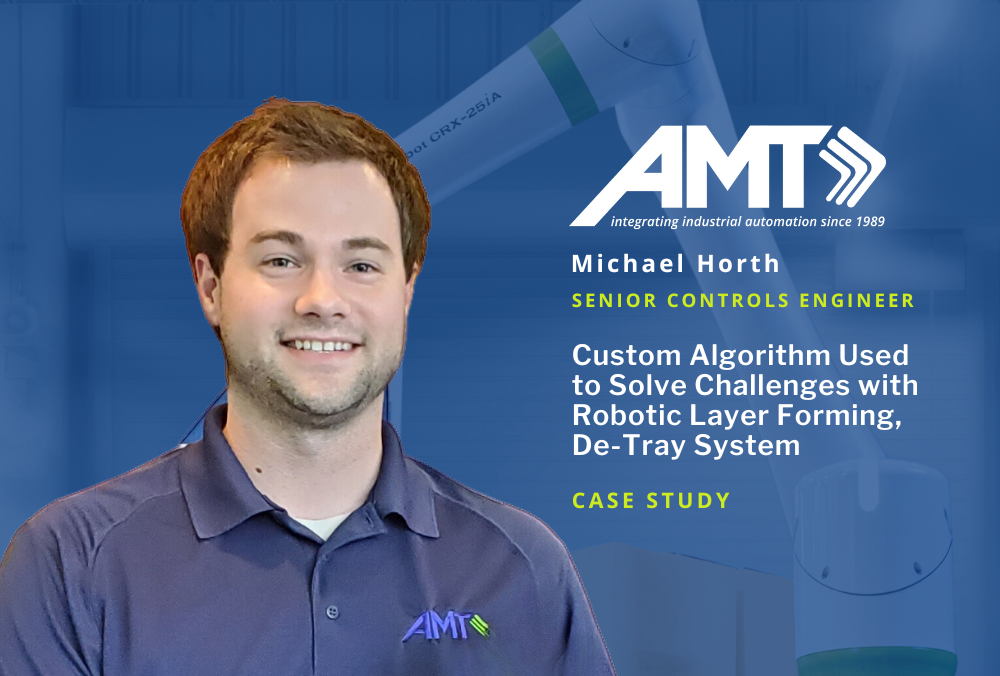Custom Algorithm Solves Robotic Layer Forming/De-Tray Challenges: Gojo
Applied Manufacturing Technologies and Gojo Industries collaborated to develop two conveyor system robotic cells: a de-tray system and a layer forming system. To learn more, read about the project below or download the full case study.
The de-tray system was designed to receive trays of products and used an overhead 3D vision system and a custom algorithm to determine which boxes to pick up and unload. The challenge was to address poorly aligned boxes, prevent damage to boxes during handling, and cope with inefficiencies caused by the pandemic. To enhance the vision system's accuracy, engineers utilized 3D snaps and applied filters to identify and locate boxes accurately.
On the other hand, the layer forming system faced speed challenges, requiring the robot to handle a box every 1.1 seconds. The team conducted extensive research on the 3D vision system's capabilities and used a box locator tool to find rectangular boxes efficiently. The robot's speeds and accelerations were adjusted based on load parameters, including diverse conditions, orientations, weights, and heights of the boxes.
To overcome speed issues, engineers creatively utilized the incoming guide rail of the conveyor to position three rows of boxes correctly, allowing only two-thirds of the boxes to be moved, thereby meeting the required throughput without pushing the robot beyond its sustainable capacity.
In conclusion, AMT and Gojo Industries successfully tackled technical challenges, implemented 3D vision systems, and developed custom algorithms to optimize the performance of the de-tray and layer forming robotic cells, enabling efficient handling and meeting cycle time requirements.
To learn more about this project, download the full case study by AMT's Senior Controls Engineer Michael Horth.

